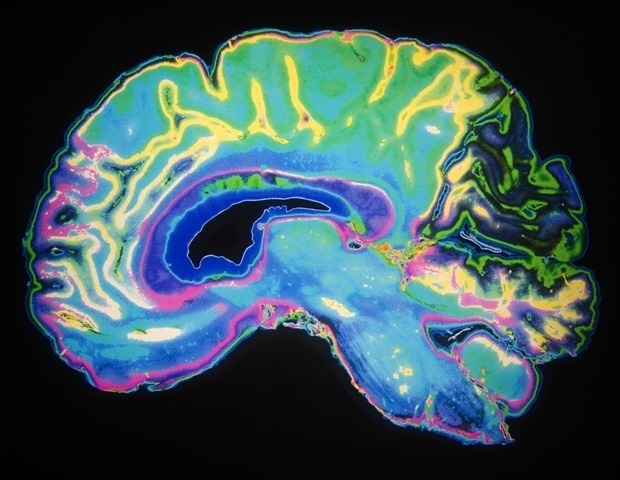“Forever chemicals” or per- and polyfluoroalkyl substances (PFAS) have been widely used in consumer and industrial products for the better part of a century, but do not break down in the natural environment. One PFAS, perfluorohexanoic acid or PFHxA, is made up of a shorter chain of molecules and is thought to have less of an impact on human health. New research from the Del Monte Institute for Neuroscience at the University of Rochester suggests otherwise, finding that early life exposure to PFHxA may increase anxiety-related behaviors and memory deficits in male mice.
“Although these effects were mild, finding behavioral effects only in males was reminiscent of the many neurodevelopmental disorders that are male-biased,” said Ania Majewska, PhD, professor of Neuroscience and senior author of the study out today in the European Journal of Neuroscience. Research has shown, males are more often diagnosed with neurodevelopmental disorders such as autism and ADHD. “This finding suggests that the male brain might be more vulnerable to environmental insults during neurodevelopment.”
Researchers exposed mice to PFHxA through a mealworm treat given to the mother during gestation and lactation. They found that the male mice exposed to higher doses of PFHxA in utero and through the mother’s breastmilk showed mild developmental changes, including a decrease in activity levels, increased anxiety-like behaviors, and memory deficits. They did not find any behavioral effects in females that were exposed to PFHxA in the same way.
Finding that developmental exposure to PFHxA has long-term behavioral consequences in a mammalian model is concerning when considering short-chain PFAS are thought to be safer alternatives to the legacy PFAS that have been phased-out of production. Understanding the impacts of PFHxA on the developing brain is critical when proposing regulations around this chemical. Hopefully, this is the first of many studies evaluating the neurotoxicity of PFHxA.”
Elizabeth Plunk, PhD (’25), an alumna of the Toxicology graduate program at the University of Rochester School of Medicine and Dentistry and first author of the study
Researchers followed these mice into adulthood and found that in the male mice PFHxA exposure affects behavior long after exposure stops, suggesting that PFHxA exposure could have effects on the developing brain that have long-term consequences.
“This work points to the need for more research in short-chain PFAS. To our knowledge, PFHxA has not been evaluated for developmental neurobehavioral toxicity in a rodent model,” said Majewska. “Future studies should evaluate the cellular and molecular effects of PFHxA, including cell-type specific effects, in regions associated with motor, emotional/fear, and memory domains to elucidate mechanistic underpinnings.”
Despite its shorter chain, PFHxA has been found to be persistent in water and was restricted by the European Union in 2024. This follows years of restrictions on longer chain PFAS. Last year, the Environmental Protection Agency set its first-ever national drinking water standard for PFAS, which will reduce PFAS exposure for millions of people. PFAS are man-made chemicals that have the unique ability to repel stains, oil, and water have been found in food, water, animals, and people. They are linked to a range of health issues, including developmental issues in babies and kidney cancer.
Additional authors include Marissa Sobolewski, PhD, of the University of Rochester Medical Center, Katherine Manz, PhD, of the University of Michigan, and Andre Gomes, and Kurt Pennel, PhD, of Brown University. The research was supported by the National Institutes of Health, the University of Rochester Intellectual and Developmental Disabilities Research Center, and the University of Rochester Environmental Health Services Center.
Source:
University of Rochester Medical Center
Journal reference:
Plunk, E. C., et al. (2025). Gestational and Lactational Exposure to Perfluorohexanoic Acid Affects Behavior in Adult Male Mice: A Preliminary Study. European Journal of Neuroscience. doi.org/10.1111/ejn.70174.
